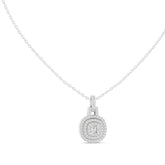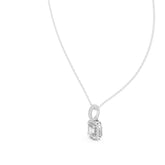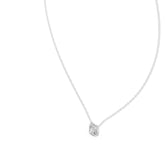The Casting Process
-
Mold Making: A mold is created using a heat-resistant material such as plaster or investment. The mold is designed to hold the molten metal and create the desired shape of the final jewelry piece.
-
Preheating: The mold is preheated to remove any moisture and ensure it is thoroughly dry before the metal is poured. This helps prevent steam or other issues during the casting process.
-
Metal Preparation: The metal is prepared by melting it to a liquid state. The type of metal used depends on the design and desired properties of the jewelry piece, such as gold, silver, or other alloys.
-
Casting: The molten metal is carefully poured into the preheated mold. The mold is designed to allow the metal to flow into the desired shape, capturing the intricate details of the design.
-
Cooling and Solidification: The molten metal cools and solidifies within the mold, taking on the shape of the mold cavity. This process is typically aided by controlled cooling to ensure the metal solidifies uniformly.
-
Mold Removal: Once the metal has completely solidified, the mold is opened or broken to reveal the metal casting. The mold material is removed, leaving behind the jewelry piece in its raw form.
-
Finishing: The metal casting undergoes various finishing techniques to refine its appearance. This can include processes such as filing, sanding, polishing, and buffing to remove any imperfections, smooth the surfaces, and enhance the overall finish of the jewelry piece.
-
Stone Setting and Additional Details: If the design includes gemstones or additional decorative elements, they are meticulously set into the metal casting using techniques such as prong, bezel, or pave settings. This step adds further beauty and intricacy to the jewelry piece.
The casting process allows for the creation of complex and detailed jewelry designs. It offers flexibility in working with different metals and enables the replication of intricate designs that might be challenging or impossible to achieve through other methods.






